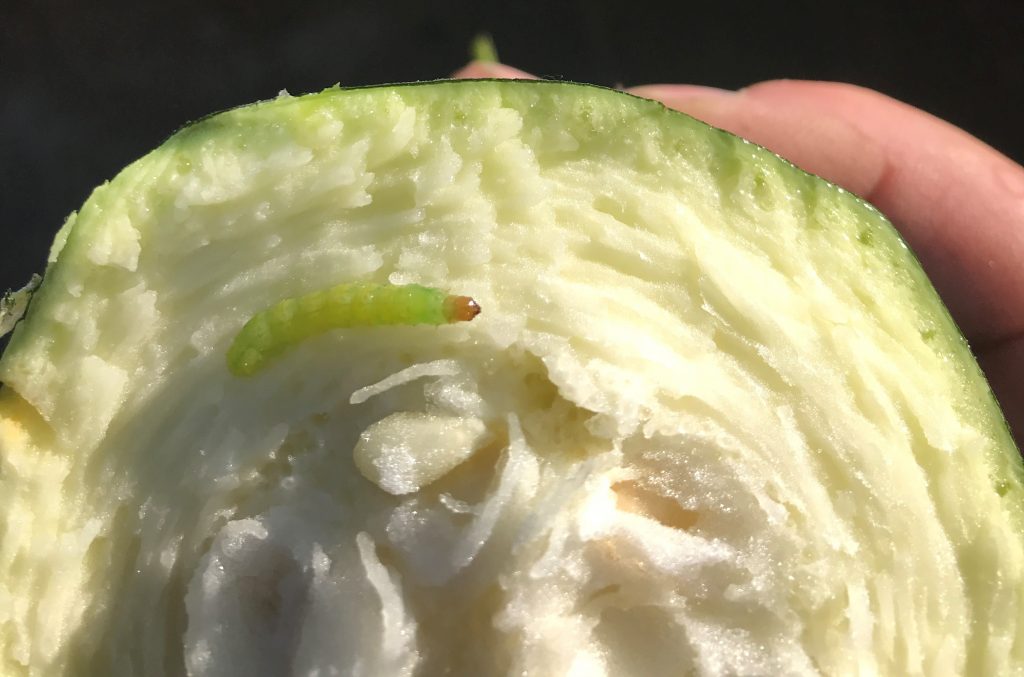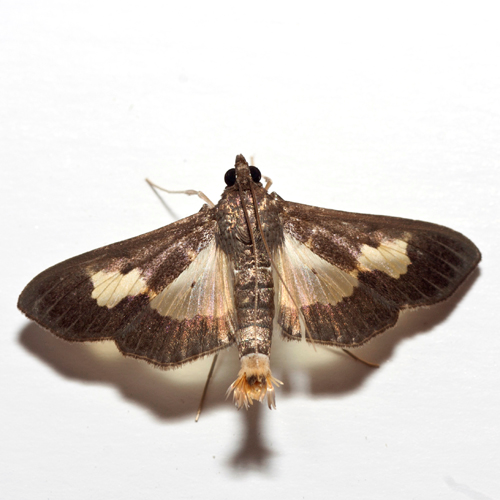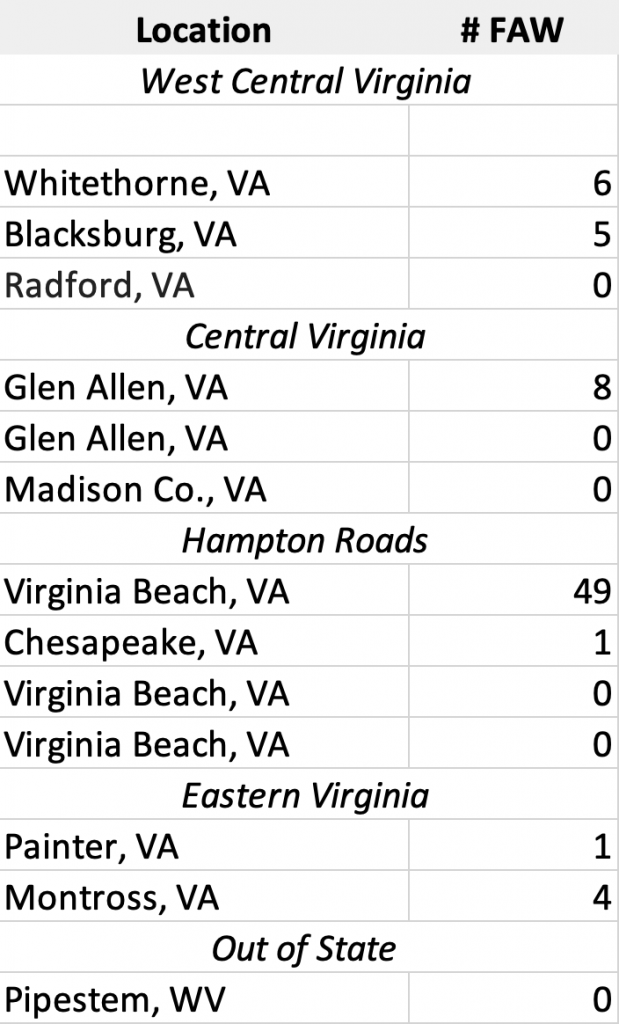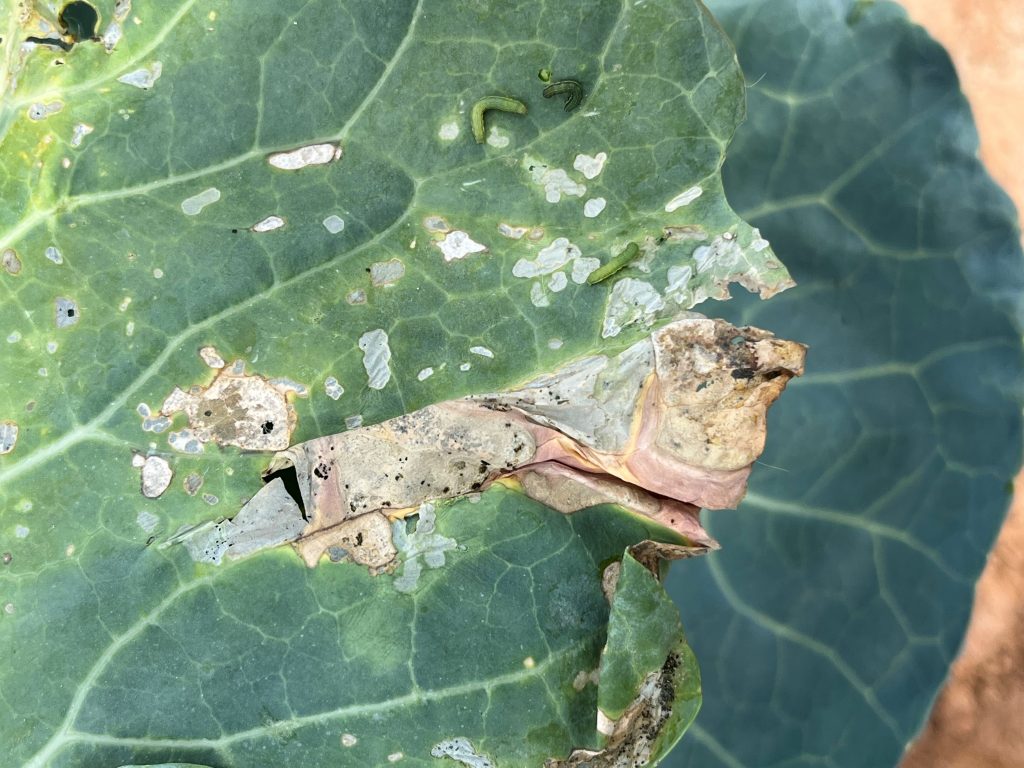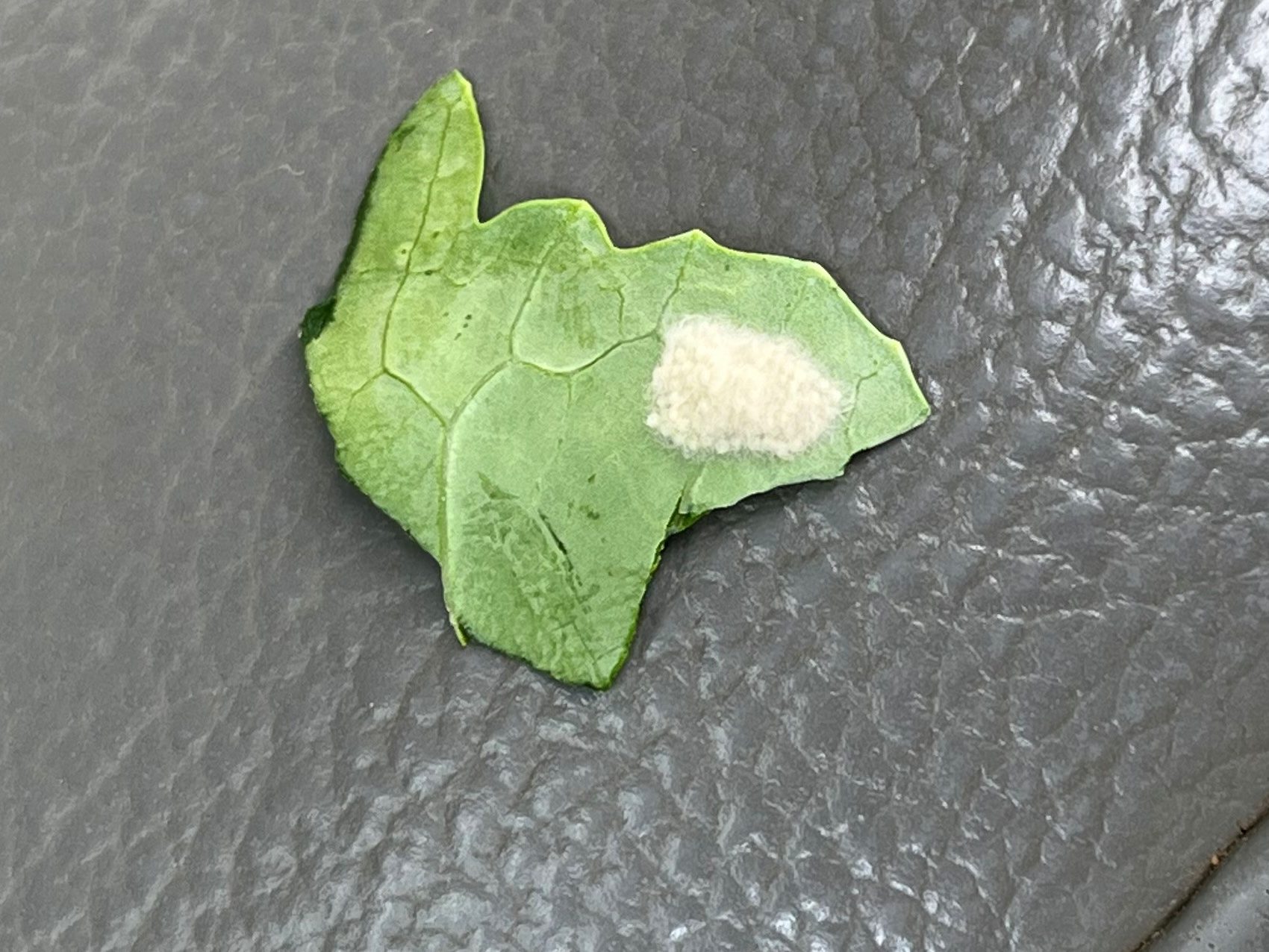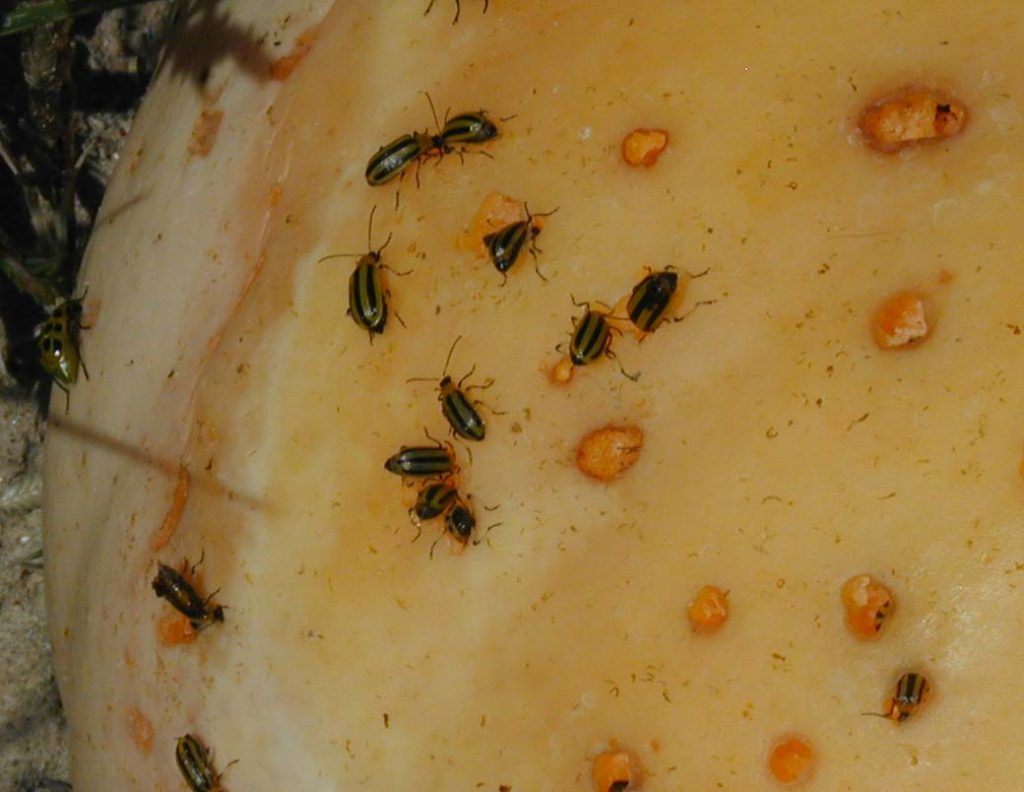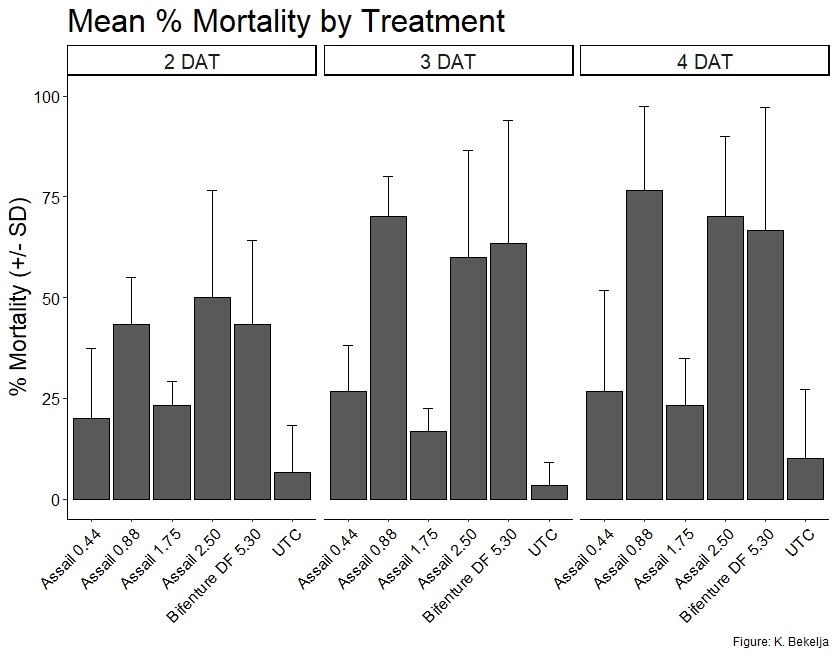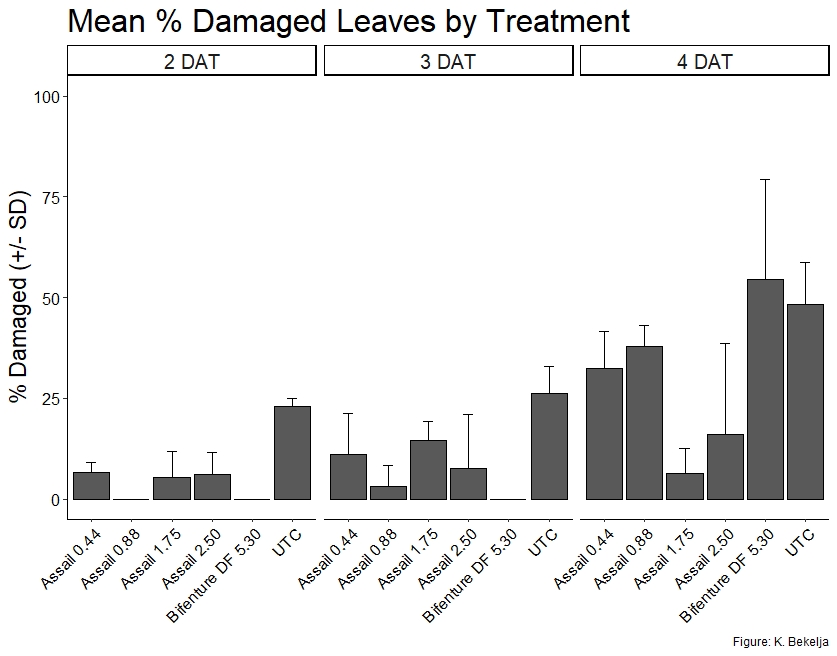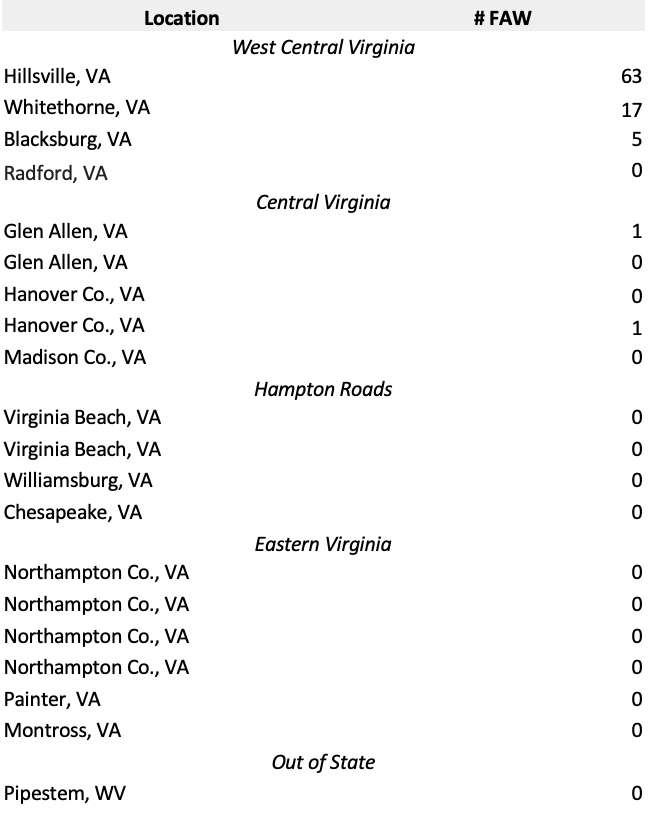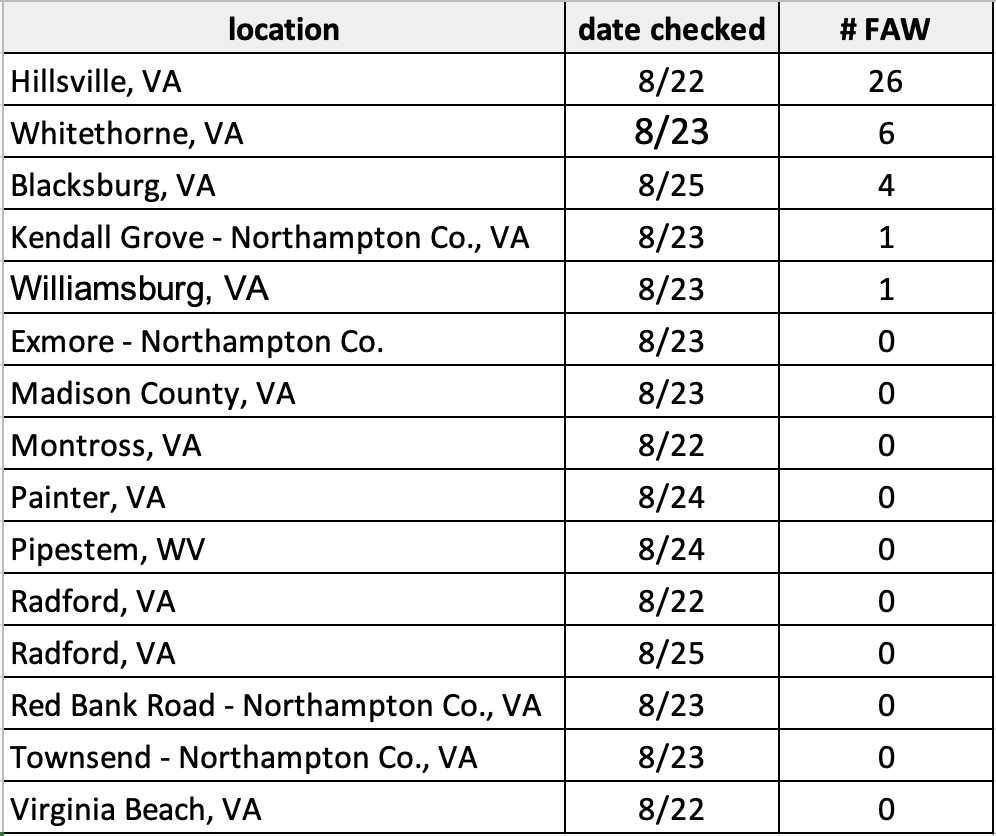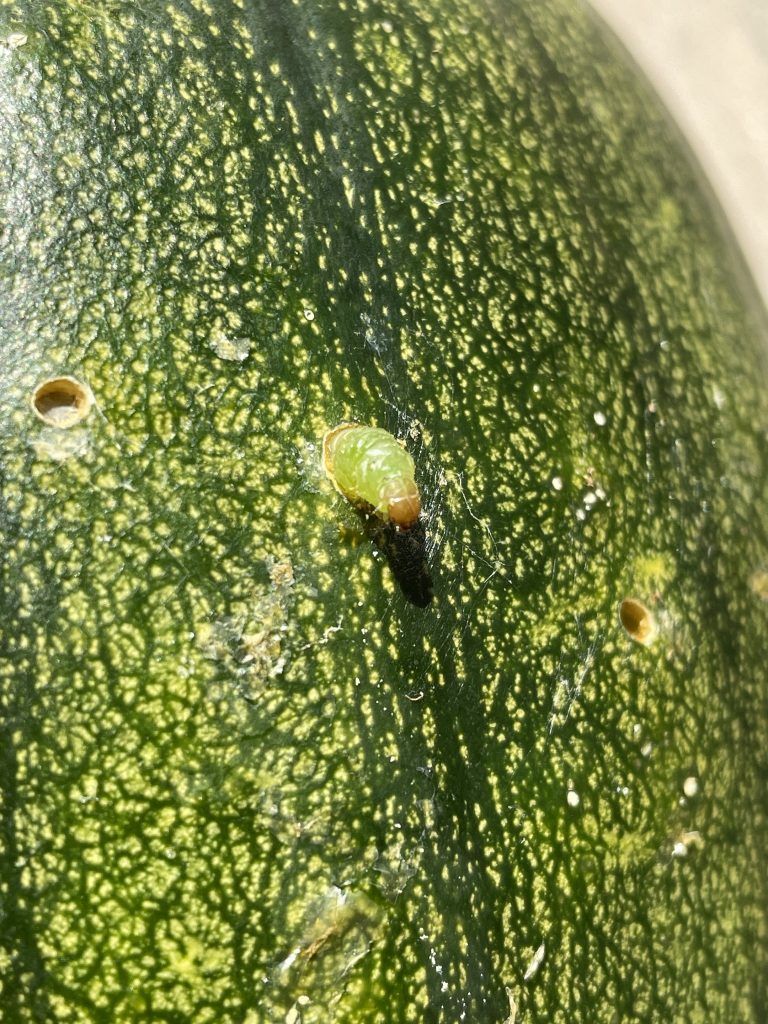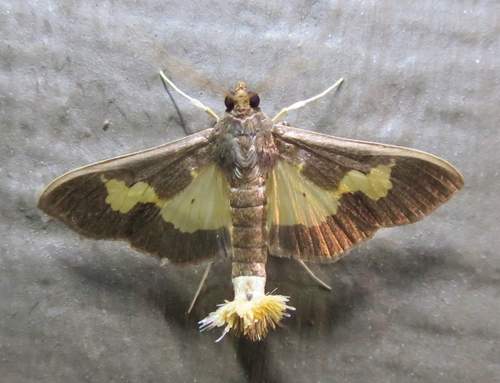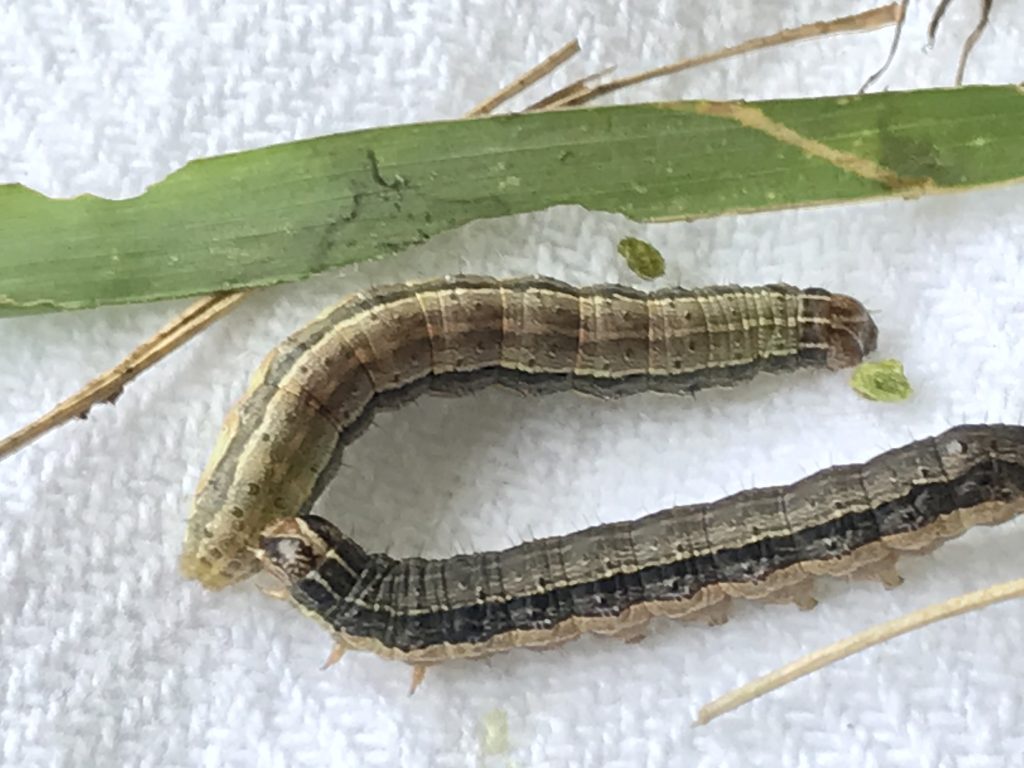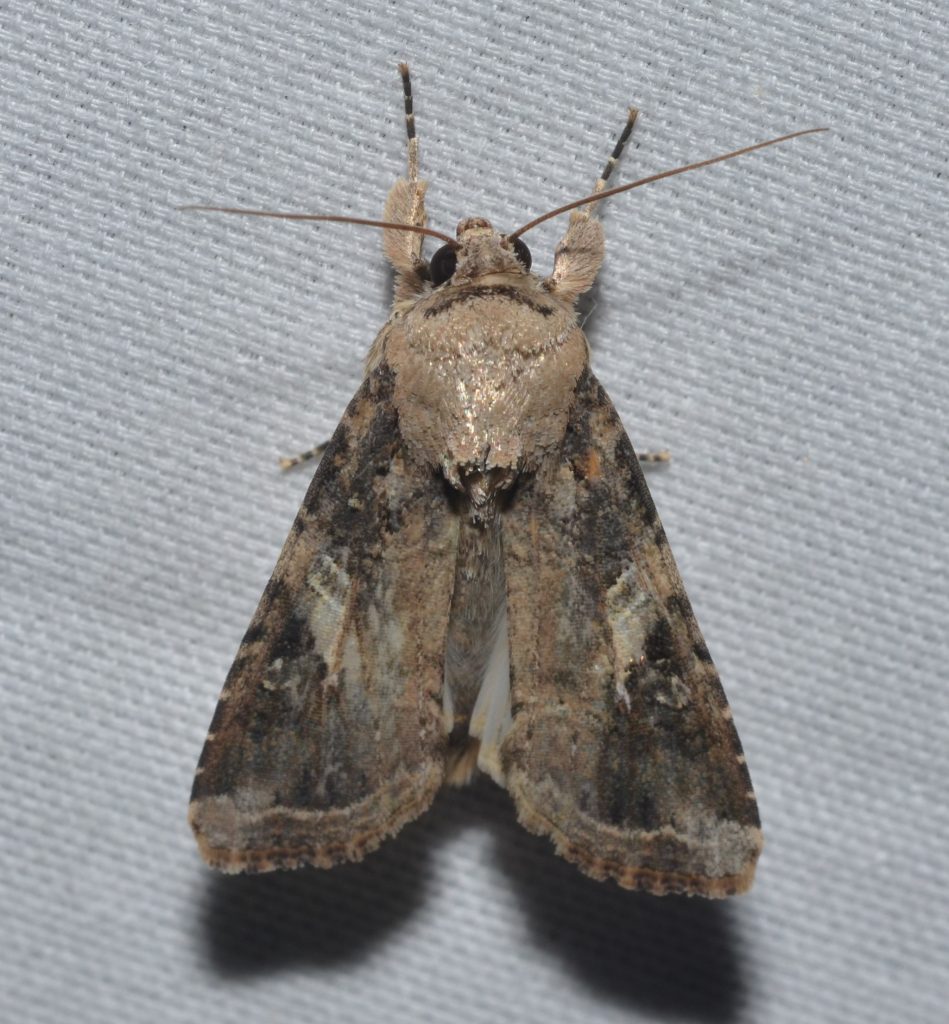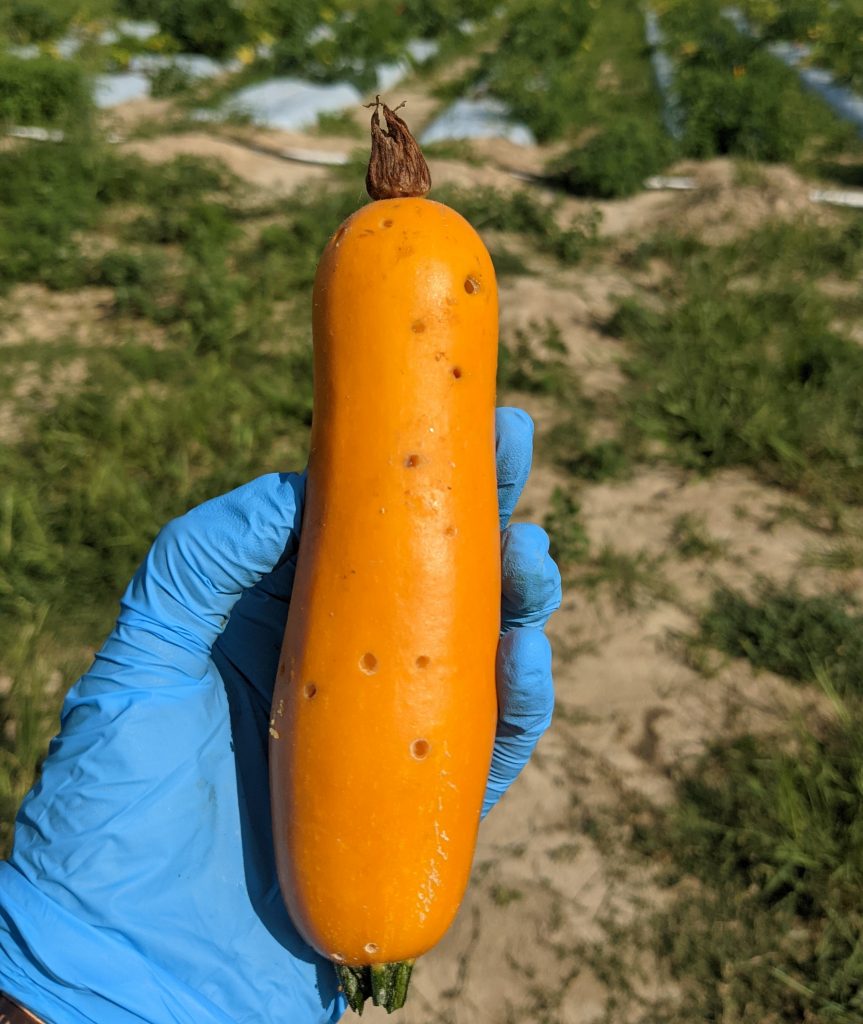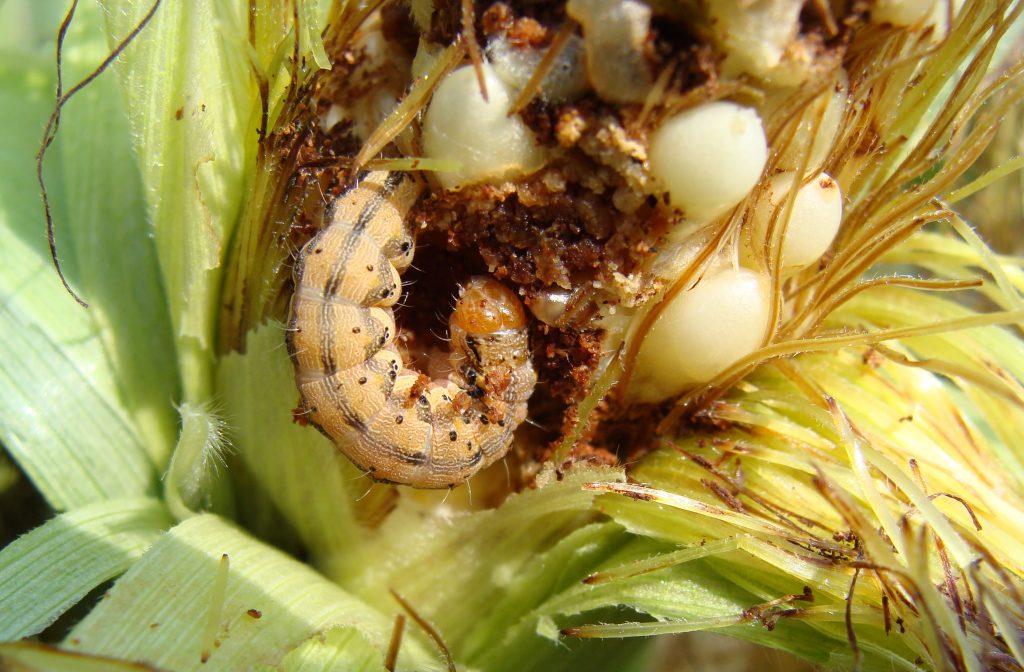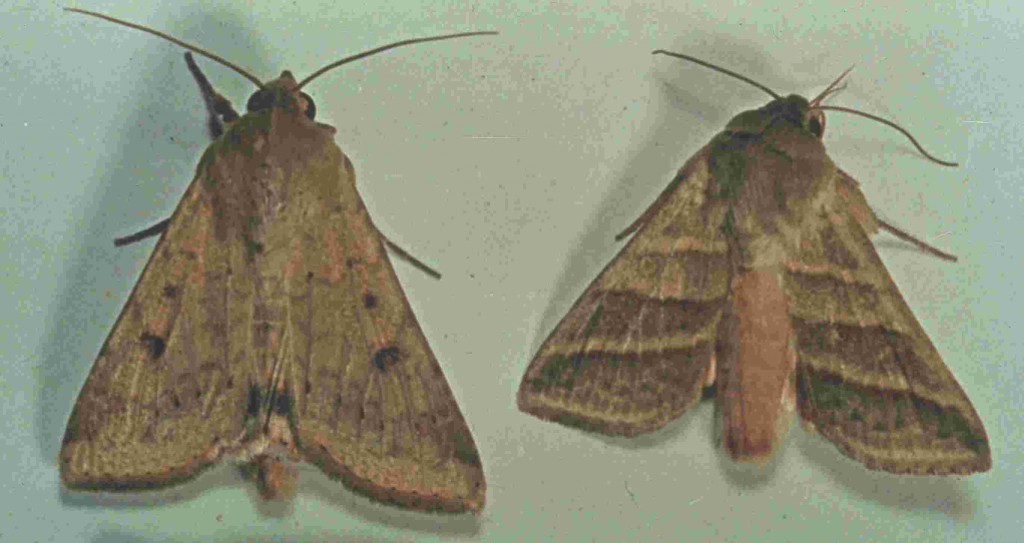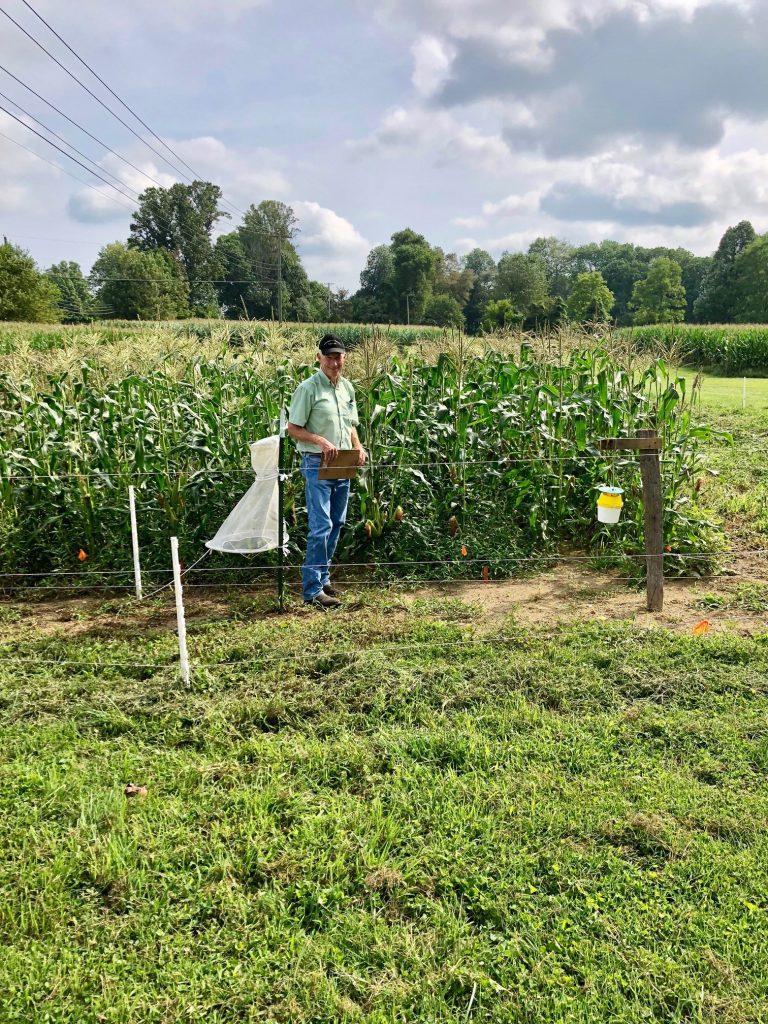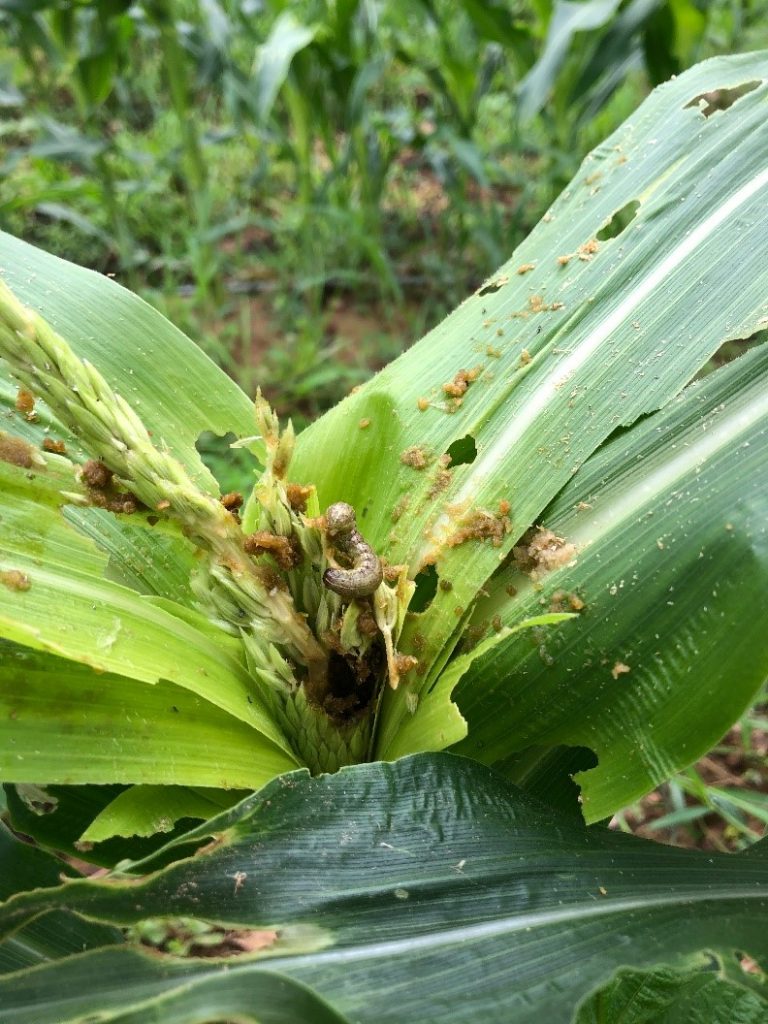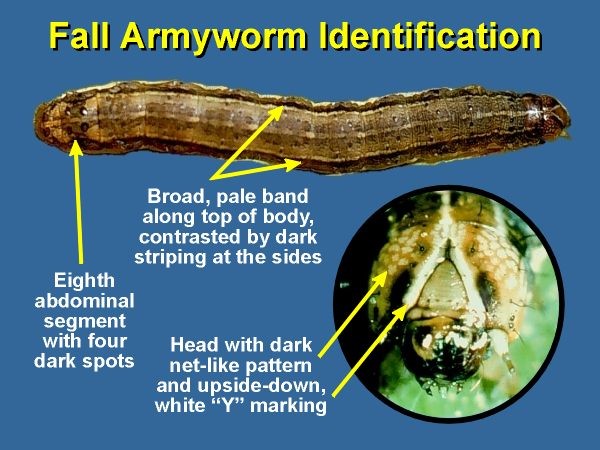By: Kyle Bekelja, Kelly McIntyre, and Thomas Kuhar
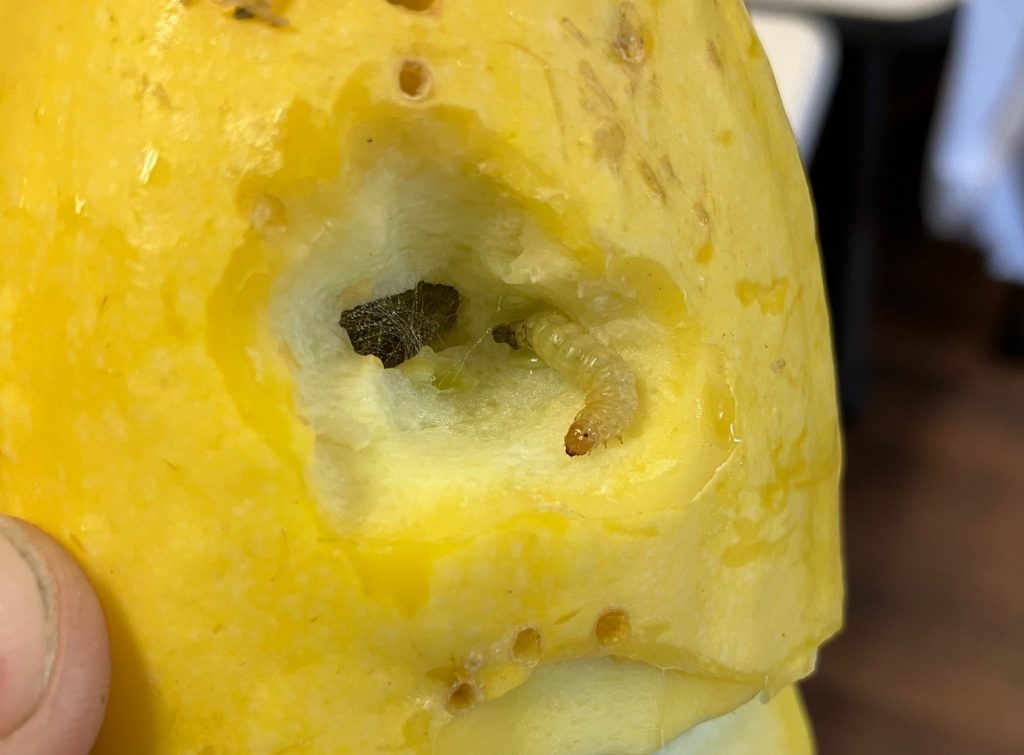
We have spotted pickleworm in Blacksburg, VA! It’s not hard to see how this pest can be economically severe. An infestation of just one caterpillar on a fruit is enough to render it entirely unmarketable. Who wants to cut into a squash to find a big juicy caterpillar living inside? I don’t…actually, as an entomologist I might find this exciting, but we aren’t growing veggies just for entomology enthusiasts. Notice the circular, tunnel-like feeding hole caused by the caterpillar (in Figure 1 and Figure 2), which burrows its way inside the fruit where it will live and feed, evading all efforts to kill it with insecticides.
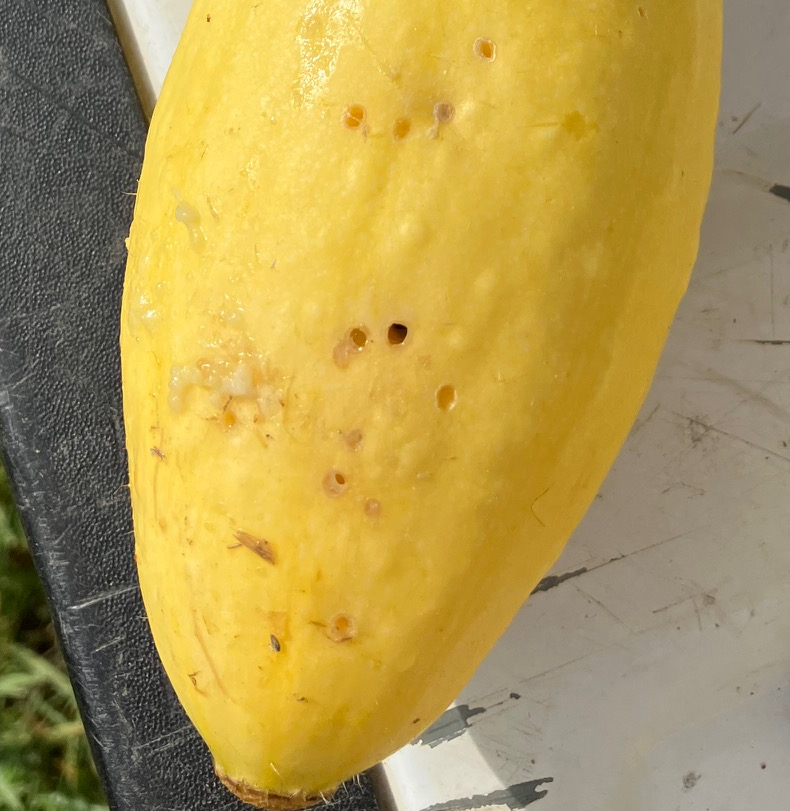
Management
To manage this pest, scout fields and look for caterpillars in flowers, before fruit set. If one is spotted, this means your crop is infested and caterpillars need to be killed before they enter fruit. Once they enter the fruit, insecticides are useless since damage is already done, and caterpillars are protected by the fruit. See the current Mid-Atlantic Commercial Vegetable Production Recommendations (VCE Publication 456-420) for management of pickleworm on crops other than those provided here. If you’re interested in getting involved in our pickleworm monitoring network, send an email to any of the authors of this post and we will be sure to send you trapping supplies.

Biology
This insect is a member of the genus Diaphania, which contains both “pickleworm” and “melonworm.” We will need to rear these caterpillars to adults to determine which species they are, but management recommendations remain the same, regardless. This insect cannot overwinter in Virginia; it is a migratory pest that moves northward, hence arrival is usually late-summer. Adult moths will lay eggs on flowers of cucurbits. Larvae hatch and begin feeding on fruit and may eventually tunnel inside. Once inside, insecticides are useless to kill caterpillars. Caterpillars will emerge into adults after spending 8 or 9 days as pupae.

